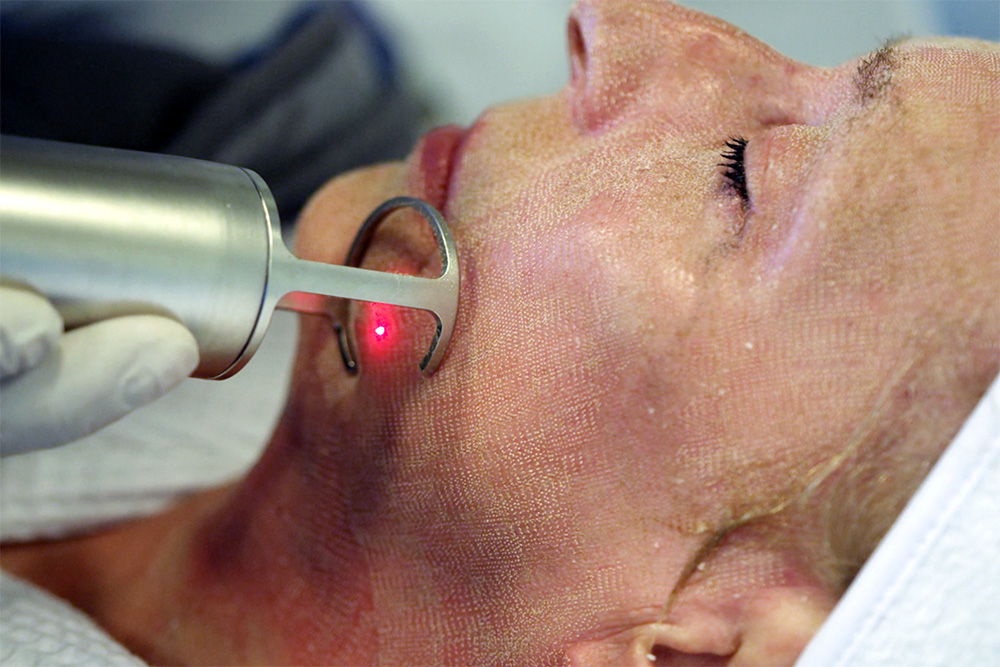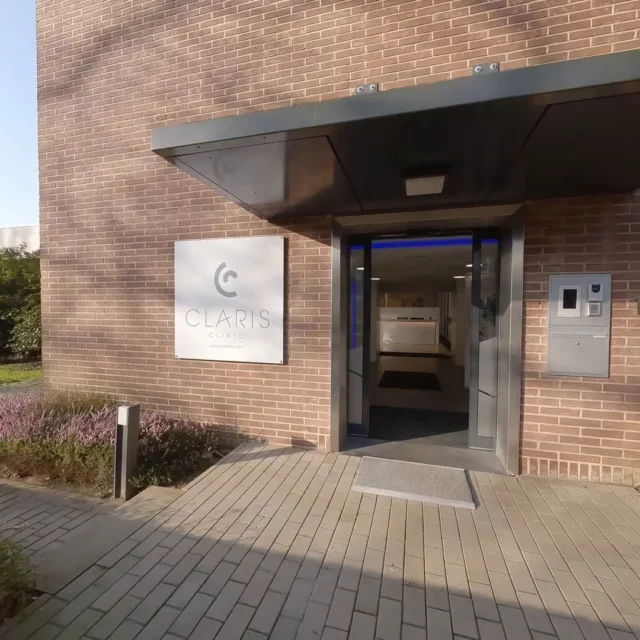CO2 Laser: what is it?
CO2 laser resurfacing is a skin treatment technique that uses a laser to remove the top layers of skin, in order to smooth imperfections and stimulate collagen production. This technique can be used to treat a variety of skin problems, such as wrinkles, age spots, acne scars and pigmented spots. CO2 laser resurfacing is generally performed using a fractional laser, which targets specific areas of the skin with low-intensity laser pulses. This minimizes the risk of complications and promotes faster healing. The treatment can be performed on many parts of the face, neck and décolleté.
What can CO2 laser resurfacing improve or erase?
- Fine lines or wrinkles around the eyes, forehead or mouth
- Acne or chicken pox scars
- Aged or sun-damaged skin
- Pigment spots
- Yellowish or grayish skin tones
- Birthmarks
CO2 laser resurfacing can produce significant results in terms of smoothing the skin and reducing imperfections. After treatment, skin appears smoother, younger and more luminous. Wrinkles and age spots are reduced, while acne scars and pigmented spots are also diminished. The results of CO2 laser resurfacing can vary from person to person and depend on many factors, such as the condition of the skin before treatment, the patient’s age and the type of laser used.
How does CO2 laser resurfacing work?
Here’s how CO2 laser resurfacing usually works:
- Preparation: before treatment, the doctor will apply an anaesthetic cream to the area to be treated to minimize pain sensations.
- Treatment: the doctor will use the laser to target the upper layers of the skin using low-intensity laser pulses. Treatment can last from a few minutes to an hour, depending on the size of the area to be treated.
- Post-treatment care: after treatment, the doctor will apply a moisturizing cream and bandages to the treated area. Redness and swelling will occur after treatment, often dramatically, but these will disappear within a few days.
CO2 laser resurfacing is not a one-size-fits-all solution for all patients, and results can vary considerably depending on each patient’s needs and preferences. It is recommended that you discuss your goals and treatment options with a qualified physician to determine the most appropriate treatment plan for you.




